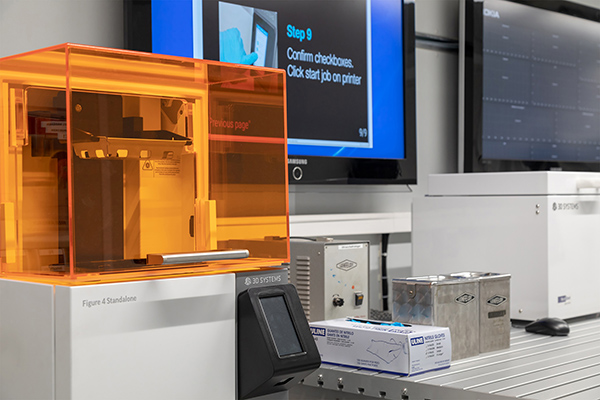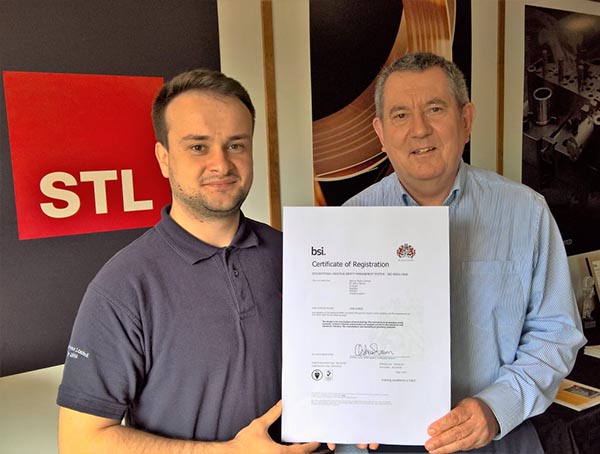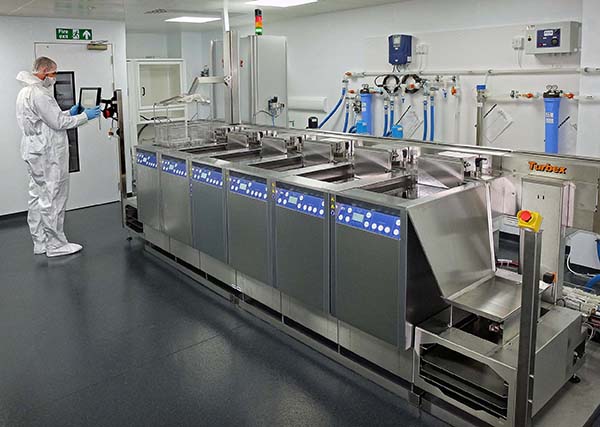OMIL’s series of gripping systems is now available in the UK from Leader Chuck International.

Within the range there are newly developed and enhanced products that are designed to improve efficiency, productivity and accuracy in a number of sectors, including machine tools, assembly machines, transfer machines, gantry-robots, as well as bespoke machining solutions.
End effectors for industrial robots can grip parts weighing up to 500 kg and up to 1000°C for die casting and forging, while applications for grippers used on automated assembly lines include automotive, domestic appliance, pharmaceutical, electronics, food and beverage, and packaging.
The range of pneumatic grips offered is as diverse as the industrial applications supported, from two-finger parallel to three- or four-finger self-centring, and two-finger radial. As an example of the level of engineering applied to its products, the OMIL GSO range of two-finger parallel grippers is manufactured to facilitate protection class IP67 for use in harsh environments. An oval cylinder is used for higher gripping forces, between
123 N for the smallest unit with 5 mm stroke, and 1640 N for the largest with a stroke of 32 mm.
For applications where larger and heavier workpieces require gripping, OMIL has a number of ranges that provide strokes up to 400 mm and gripping forces of 10,000 N at normal workshop pressure of 6 bar.
With regard to milling machine applications, a range of chucks for round parts and vices for prismatic components are available, while special machinery applications can encompass punching and forming machines, as well as measurement and inspection systems.
“Any company looking at specifying a new automation system or upgrading an existing installation should look at OMIL as a viable alternative to Japanese and German suppliers,” concludes Jones. “Not only do they offer the same performance at considerable cost advantage and complete interchangeability, but the benefit of flexibility allows solutions to be customised in line with each application.”
For further information http://leaderchuck.com/























